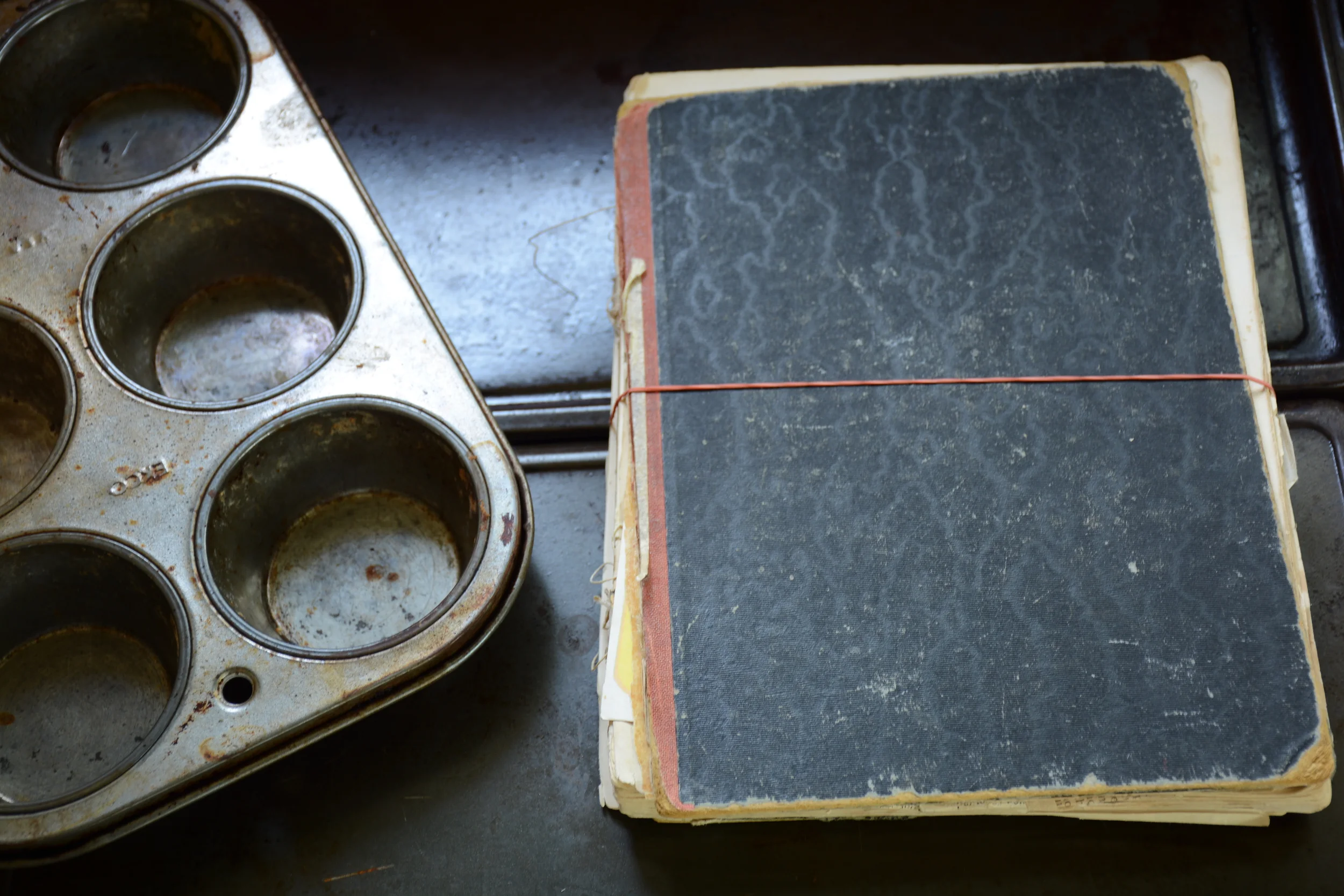The Pectin Test
/Pectin fascinates me. Did you know that it is found in most fruit in varying degrees? Did you know that under ripe fruit have more pectin than ripe fruit?When I first started preserving and learning about pectin I wondered how this water soluble enzyme could make the difference between a jelly/jam that sets and one that does not.
So naturally when I began developing more of my own recipes I wanted to better understand pectin and how it impacts the preserves I was making. I wanted to know how to determine when you needed to add commercial pectin in order to achieve set and when you did not?
Who better to turn to when you want to learn something about preserving, but the Jamlady. I saw her alcohol test for pectin and decided I needed to give it a try.
You start by cooking the fruit for at least 5 minutes. As it cooked I crushed it down, then strained it through a sieve and allowed it to cool. You then mix 1 tsp of the juice with 1 tsp of rubbing alcohol in a small jar with a lid. Give it a good shake and then pour it out onto a plate. If a solid mass forms, the pectin level is high.
Raspberry Jam formed a nice solid mass
With the formation of a solid mass during this test, you can use the rule of a cup of sugar to a cup of juice when developing your recipe and you won't need to add pectin.
Blueberries has a small amount of gelatin formed in the test
And in the instance of the over ripe pears below where absolutely no gelatin formed during the test you can conclude that you will need to add pectin to your recipe in order to achieve set.
Happy experimenting!
Over ripe pear showed no gelatin








